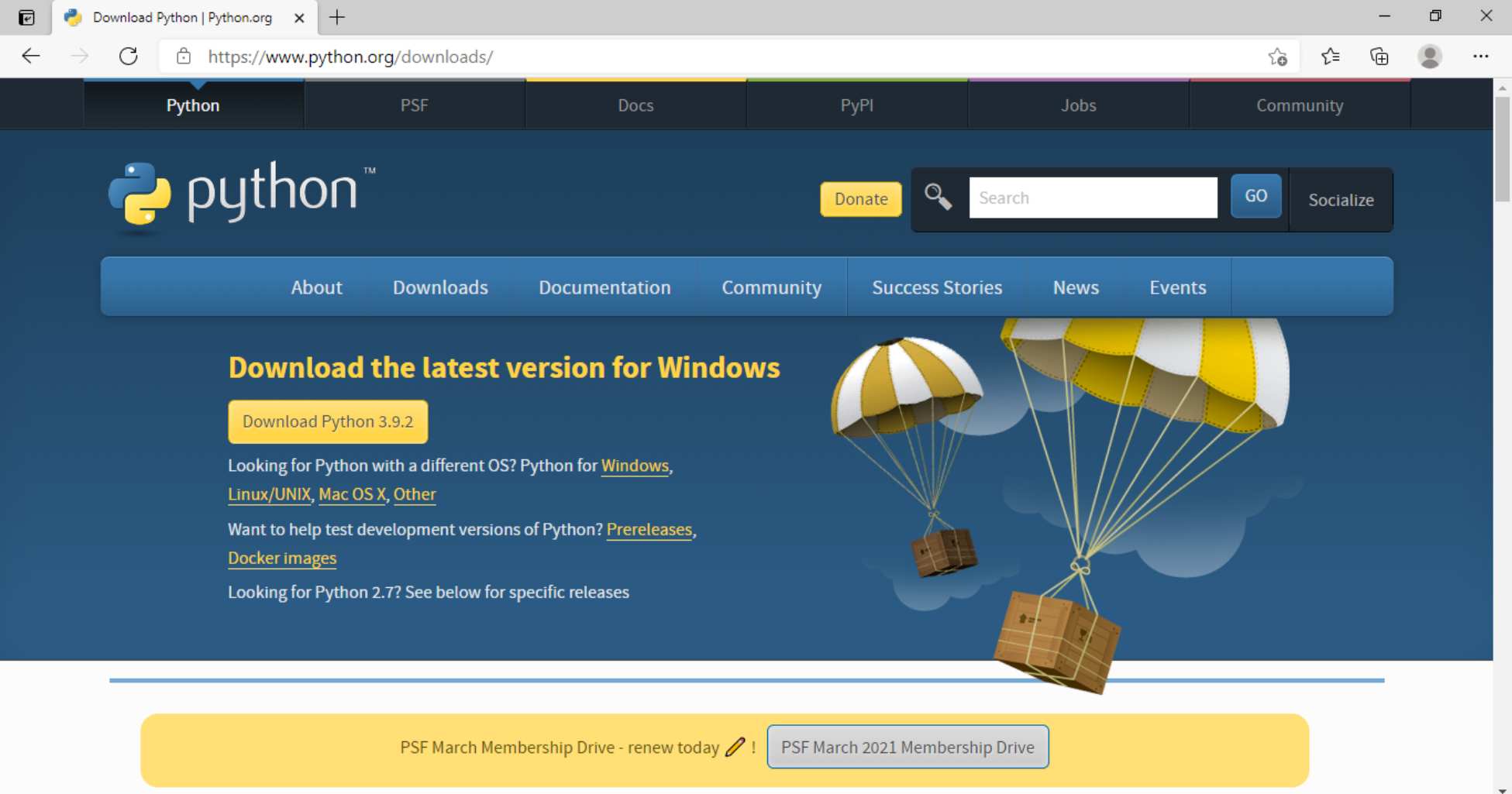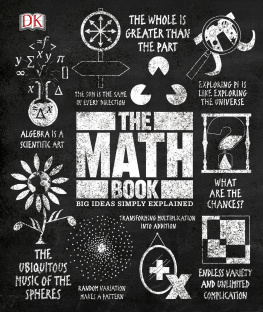Python Programming for Beginners
The Ultimate Guide for Beginners to Learn Python Programming
AMZ Publishing
Introduction
The history of Python kicked off when Guido van Rossum, the founder of Python, started working on it in the late 1980s. Python is the successor of the ABC programming language. The first Python version was released back in 1991 and has only grown exponentially since then. It now has a vast community that releases the latest updates regularly. Guido van Rossum is also known as the Benevolent Dictator for Life . This title was given to him by the Python community to honor him for his long-term commitment and dedication to the project and for being the project leader for such a long period.
Python is a high-level interpreted programming language that is used throughout the world for general-purpose programming. It is an open-source programming language licensed by both the Free Software Foundation (FSF) and Open-Source Initiative (OSI). Like some other programming languages, its source code is also available under the GNU General Public License (GPL).
Python 2.x, being the legacy version, was used earlier across the globe. It stopped receiving newer features and security updates after Python 2.7, so people migrated to Python version 3.x.
Throughout this book, we will be focusing more on the Python 3.x version, which is the latest and is currently in active development.
Before we proceed further, I would like to inform you all that the purpose of writing this book is to make your understanding of Python clearer by explaining technical terms in laymans language with the help of code snippets and practical examples. I also wanted to make sure that the reader does not feel bored while reading the book, so Ill be adding some attractive code snippets that are appealing to the eyes.
Why Python
Python is a multi-paradigm programming language that can be run on various platforms such as Windows, Linux, Mac, etc. It is compatible with multiple programming patterns like functional, object-oriented, procedural, or imperative programming. The list of use cases in which Python can be employed is never-ending, from developing web-based applications to handling databases, solving mathematical problems, and developing state-of-the-art machine learning and deep learning algorithms Python is used everywhere. Its readable syntax, which impersonates a general human language, is easily understood by newcomers and makes it different from most of the programming languages. That is one of the major reasons why it is preferred by freshmen who want to get started and try their hands at programming.
Python is considered an interpreted language because it is backed by an interpreter system, which makes it easier for a programmer to debug their programs. Bugs can get caught as soon as they are encountered during the execution of the program.
Python Features
Python is one of the modern-day programming languages that have a bagful of features. In this section, we will take a look at some of its notable features.
- Ease of learning: As compared to other programming languages, Python has an elegant syntax that is designed keeping in mind human readability, thus writing in such a manner that it can be easily understood by new learners.
- Compact syntax: Unlike with other languages like C, C++, Java, etc., programs written in Python are much shorter in terms of lines of code because of its compact syntax, which allows for the writing of complex expressions within a single line.
- Open-source language: It is licensed under the GNU General Public License (GPL) and is also approved by OSI and FSF, which makes it open-source and available for new contributions to the Python community.
- Object-oriented programming: Python supports most of the OOP concepts like Classes, Objects, Inheritance, Polymorphism, Abstraction, etc. However, Python is not fully object-oriented.
- Interactive nature: The chevron prompt (>>>) can be used for interactive programming in which a programmer can write and execute code directly on the terminal. It is useful in the case of the debugging of programs where bugs can be found easily.
- Interpreted language: Programs written in Python get executed via an interpreter, which makes it an interpreted language.
- Dynamic nature: Python supports dynamic typing that means a programmer need not declare the data type of each variable beforehand; it gets dynamically assigned at the runtime.
- Scalability: Python has better environmental support for larger programs as compared to traditional shell scripting.
- Portability: Python programs can run on multiple platforms without making any explicit software changes. It supports all major OS like Windows, Linux, macOS, etc.
- Extensibility: Python modules are extendable in nature and custom functionality can be added to the existing modules to perform critical operations and maximize speed. We can even add custom functions to the Python interpreter.
- Availability of vast library: It comes with numerous built-in libraries and functions that can be used directly for performing tasks without any need for writing codes explicitly.
- Dynamic memory allocation: Inside Python, memory management is never an issue to any programmer. It comes with an implemented garbage collector that manages memory allocation and garbage collection on its own.
These are some features that Python possesses and that every Python programmer must know and understand. Several other features exist as well, which we will learn about later in this book as we proceed further with more specific topics.
Getting Python
In chapter 1 of the book, we learned that one of the key features of Python is its portability, which makes it suitable to run on multiple platforms and devices. Python supports all major operating systems such as Windows, Linux, Ubuntu, Solaris, CentOS, Mac OS, etc.
To write and run Python codes on our system, we must install Python first; later, we can write and execute codes. The Python community has an official website from where we can download and install the latest Python version onto our system. We can visit this website at https://www.python.org/downloads/ .
When we visit the above-given link, we will be redirected to this website:

On this website, we can view the list of available Python versions and then download the one we need as per our requirements.
Installing Python
Installation on Windows
- If we want to install Python on a Windows machine, we must visit the official website at https://www.python.org/downloads/windows/ and look for the released versions of Python. We will then select whichever version we want to download from the available list. Here, we are going to download the currently released Python version 3.9.2

When we click on the Python 3.9.2 link, we will be redirected to yet another page, where we can scroll down to see a list of compatible OS on which this Python version can be installed. From the list, we must select the Windows installer (32-bit/64-bit) depending on our system configuration.
Note: Here, we are selecting Windows installer (64-bit), as it matches the authors system requirements.















